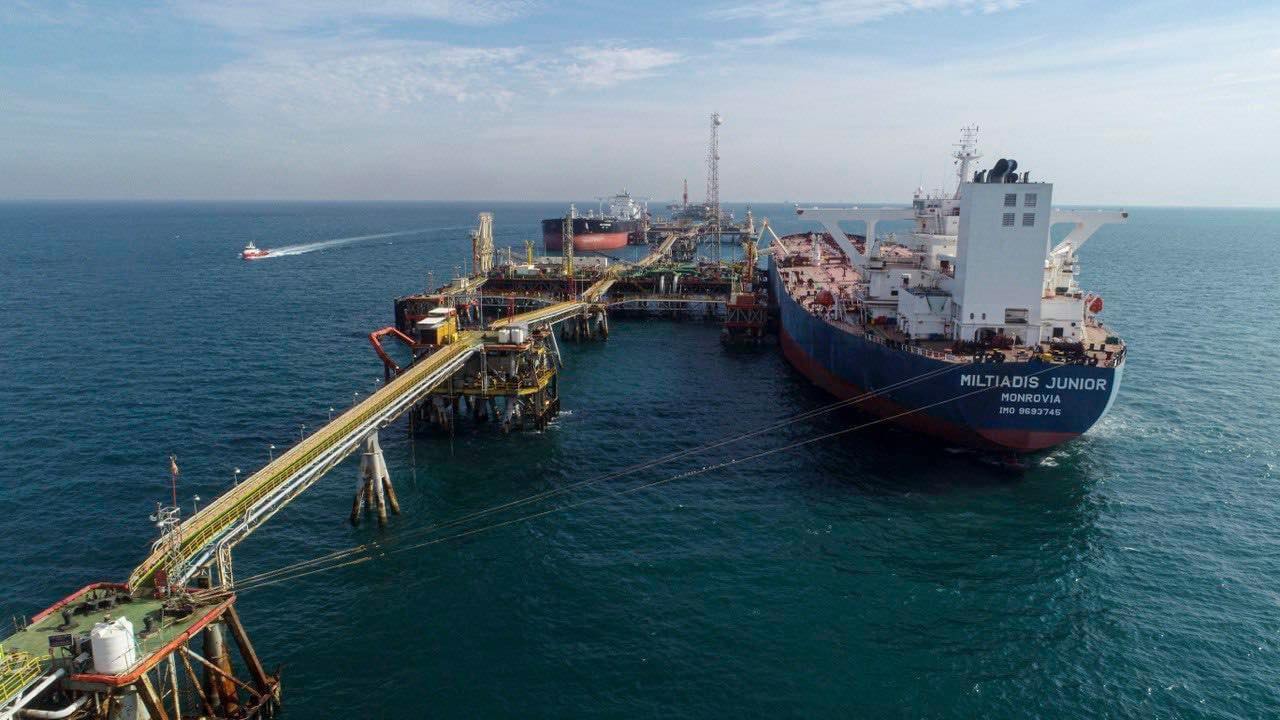Suezmax tanker transports nearly 100,000 b/d from Iraq, other Arab countries

Shafaq News/ Freight rates to haul crude and other dirty products, such as fuel oil, on Suezmax tankers from the Gulf have moved in a narrow range over the past two months due to falling trading volumes and shipowners not being keen on positioning ships in the region, market sources said.
Platts Persian Gulf to Mediterranean 140,000 mt freight assessment has only moved by w2.5 points since March 6. Similarly, the Persian Gulf to East 130,000 mt rate has hovered up or down by w4 points since March 1, according to S&P Global Commodity Insights data.
Among several factors that have reduced Suezmax activity in the East of Suez region, the ongoing turmoil in the Red Sea has deterred shipowners from positioning their tonnage in the Middle East due to significant navigational safety concerns.
"There hasn't been a great amount of ballasters [from other markets], leaving [only] a [decent number] of tonnage in the Persian Gulf market," a Suezmax shipbroker said.
The increase in trading costs, including higher premiums for transiting through the Suez Canal as well as additional sailing days of 15 days for routing via the Cape of Good Hope, have made it difficult to move Iraq's Basrah crude to Europe. The Red Sea tensions have also reduced arbitrage opportunities for moving Middle Eastern crude to the West.
Suezmax tankers positioned in the Persian Gulf are mainly employed for moving crude oil to Western European destinations, accounting for 65% of Middle Eastern crude shipments to Northwest Europe and the Mediterranean through the Suez Canal.
In March, Suezmax tankers transporting Middle Eastern crude, mainly from Iraq, Saudi Arabia and the UAE, were at 95,709 b/d to Northwest Europe and the Mediterranean via the Suez Canal, which would translate to around three Suezmax shipments per month, according to S&P Global Commodities at Sea data.
The Middle Eastern crude movement on Suezmax ships before the Red Sea crisis averaged 747,075 b/d basis Suez Canal transit, which is the equivalent of almost 23 Suezmax shipments per month.
Volumes of the Gulf-origin crude moved to Western Europe via the Cape of Good Hope -- a routing that was almost non-existent before the Red Sea crisis -- have surged to 295,032 b/d in March.
In April, the average premium for transporting crude around the Cape of Good Hope in comparison with the Suez Canal routing from the Persian Gulf to the Mediterranean or the UK was $5.34/mt and $7.23/mt, respectively, according to S&P Global data.
"The ton mile [demand] via the Cape [of Good Hope] has increased. This is stretching the fleet and reducing the availability of ships. The Suezmax position list in the Gulf is sparse," the Suezmax broker added.





